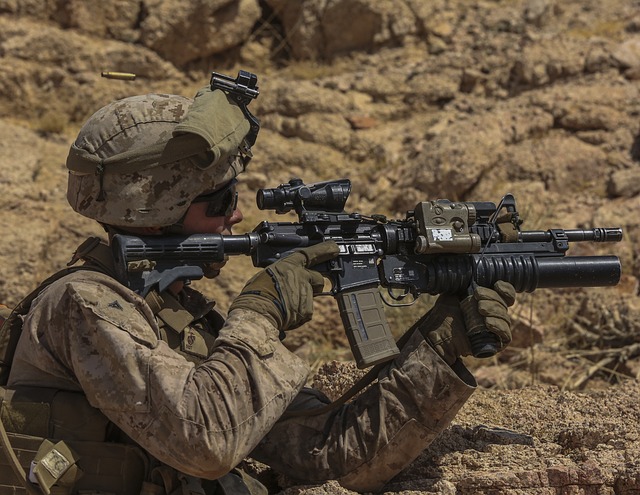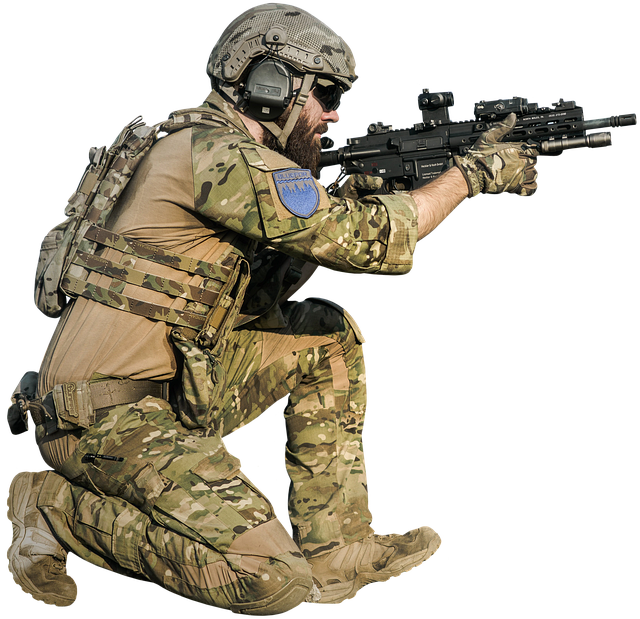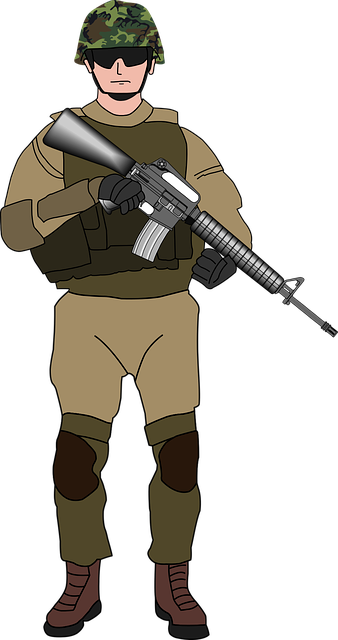
The 101st Airborne Division Flag is a potent symbol of American military valor and airborne excellence, representing the courage and resilience of U.S. paratroopers since its creation during World War II. Adorned with an eagle clutching a dagger and a wreath, along with the division's motto "Death from Above" and a laurel wreath, this flag has become a universal emblem of honor, courage, and commitment, transcending its military origins to inspire new generations. It is prominently displayed at national parades and ceremonies, recognizing the division's pivotal roles in historical conflicts and the valor of its members. The flag's significance extends beyond its military service, serving as a cultural icon that embodies the American ideals of service and sacrifice. Its careful handling during public events reflects the discipline and respect integral to the 101st Airborne Division's identity, ensuring a dignified tribute to the division's legacy and its enduring impact on America's military heritage and national identity.
The 101st Airborne Division Flag, a potent emblem of American bravery and commitment, has long played a central role in the nation’s parades and ceremonies. This article delves into the rich tapestry of its presence within these significant events, tracing its historical significance, the precise protocols governing its display, and its enduring impact on contemporary observances. Join us as we explore how this flag has come to represent the courage and dedication embodied by America’s fighting forces, both in its early iterations and in its current role, honoring the legacy of those who have served with valor.
- The 101st Airborne Division Flag: A Symbol of American Valor in Parades and Ceremonies
- Historical Significance: The Evolution of the 101st Airborne Division Flag's Role in National Events
- Ceremonial Display: Protocols and Precisions in Showcasing the 101st Airborne Division Flag
- The Impact of the 101st Airborne Division Flag on Modern Parades and Ceremonies
The 101st Airborne Division Flag: A Symbol of American Valor in Parades and Ceremonies

The 101st Airborne Division Flag holds a significant place in American military history, symbolizing the bravery and resilience of America’s paratroopers. Originally created for the 101st Airborne Division during World War II, this emblem has been proudly displayed in numerous parades and ceremonies, each event marking a moment to honor their sacrifices. The flag features an eagle clutching a dagger and a wreath, surrounded by the division’s motto “Death from Above,” encircled by a laurel wreath. It is a powerful representation of the division’s mission and the fierce determination of its soldiers. In parades, it serves as a tangible reminder of the valor and dedication that America’s airborne forces have consistently demonstrated across various conflicts. Similarly, during ceremonies commemorating significant historical events or memorializing fallen heroes, the 101st Airborne Division Flag is often present, serving as a beacon of remembrance and inspiration.
The iconic 101st Airborne Division Flag has transcended its original context to become a universally recognized symbol not only within the military but also among the American public. Its inclusion in parades and ceremonies across the nation is a testament to the division’s legacy of service and sacrifice. The flag’s presence at these events reinforces the values it represents: honor, courage, and commitment. It stands as a symbol that unites communities in shared respect for those who have served, are serving, and will serve to protect the nation’s freedoms. The 101st Airborne Division Flag is thus not just a historical artifact but an active part of America’s cultural narrative, continually inspiring new generations to uphold its principles.
Historical Significance: The Evolution of the 101st Airborne Division Flag's Role in National Events

The 101st Airborne Division Flag has a storied history that intertwines with significant moments in American heritage, particularly as it pertains to parades and ceremonies. Originating during World War II, the flag was first unfurled within the elite ranks of the 101st Airborne Division, symbolizing their readiness to leap into action at a moment’s notice. As the division participated in pivotal battles such as those in Normandy and the Netherlands, the flag became a representation of the unit’s valor and commitment. Over the years, the 101st Airborne Division Flag has evolved from a unit-specific emblem to an icon that honors the sacrifices of all who serve in airborne operations.
In national events, the 101st Airborne Division Flag holds a special place, often seen alongside other service flags during memorials and parades. Its prominence in such settings underscores the division’s historical significance in American military history and serves as a reminder of the legacy of those who have served with courage under its emblem. The flag has come to represent not just the 101st Airborne Division, but also the broader ideals of American airborne units and their role in defense and peacekeeping efforts around the globe. Its presence in parades and ceremonies is a testament to the division’s indelible mark on military history and a symbol of unity and remembrance for the nation.
Ceremonial Display: Protocols and Precisions in Showcasing the 101st Airborne Division Flag

The 101st Airborne Division Flag holds a symbolic significance that transcends the ordinary, encapsulating the valor and sacrifice synonymous with America’s elite paratroopers. In ceremonial settings, the flag’s display is governed by stringent protocols that reflect its prestigious heritage. These protocols are not merely guidelines; they are a testament to the discipline and respect that define the 101st Airborne Division’s ethos. The flag must be handled with the utmost care, and its presentation follows a precise sequence of movements to honor its history. During parades, it is carried aloft by a distinguished representative, who understands the gravity of each step taken and every motion made. This individual is trained to ensure the flag’s dignified showcase, from its unfurling at the commencement of the ceremony to its respectful folding at its conclusion. The precision in the handling and display of the 101st Airborne Division Flag underscores the division’s commitment to service and country, and serves as a reminder of the high standards upheld by those who have earned the right to carry it.
The Impact of the 101st Airborne Division Flag on Modern Parades and Ceremonies

The 101st Airborne Division Flag, a symbol of American valor and military prowess, has profoundly influenced the ethos of modern parades and ceremonies. Originally designed to represent the elite status of the 101st Airborne Division during World War II, this emblem has transcended its military origins to become an enduring element in national displays of unity and honor. Its prominent display during significant events underscores the division’s storied history and the values it embodies—courage, commitment, and sacrifice. The flag’s presence in parades serves as a reminder of the division’s pivotal roles in various conflicts, from Normandy to the modern global war on terror. Its inclusion in ceremonial processesion is not merely nostalgic but also symbolic, reflecting the ongoing legacy and spirit of the airborne troops that continue to serve their country with distinction.
In contemporary parades and ceremonies, the 101st Airborne Division Flag holds a place of honor, often parading alongside other national and military flags. Its distinctive design, featuring an eagle clutching a dagger and a wreath, stands out as a testament to the division’s motto, “Death from Above.” The flag’s integration into such events underscores the importance of recognizing the contributions of specialized units in American military history. It also serves as an inspiration to both veterans and the general public, reinforcing the ideals of service, sacrifice, and patriotism that are central to the American ethos. The 101st Airborne Division Flag continues to be a significant element in the fabric of national commemorations, its impact resonating through each stride taken in these ceremonial gatherings.
The 101st Airborne Division Flag has long stood as a poignant emblem of American valor, its presence in parades and ceremonies capturing the spirit of sacrifice and courage that defines this esteemed division. From its historical roots to its contemporary role, the flag’s journey reflects a deep-seated tradition of honoring the bravery of soldiers and the collective resolve of a nation. The meticulous protocols and precision with which it is displayed underscore the significance of such national events, ensuring that its powerful symbolism remains undiminished. As these ceremonies continue to unfold, the 101st Airborne Division Flag not only pays homage to past achievements but also inspires future generations to uphold the values for which it stands. Its enduring legacy is a testament to the division’s indelible mark on American history and its ongoing contributions to national observances.





